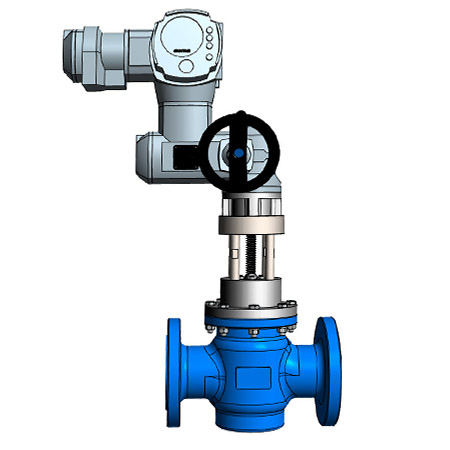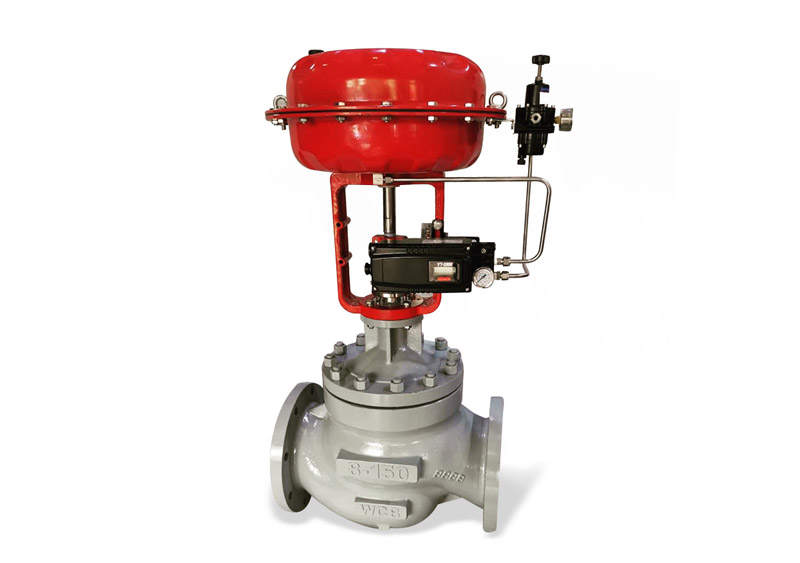
Maximize Power Cost Savings and Comfort With Advanced Building Automation Controls
In the realm of modern architecture and facility administration, the integration of advanced structure automation controls stands as a crucial development. By taking advantage of the power of automation, buildings can adjust, respond, and evolve in ways that were as soon as inconceivable.
Energy Performance Conveniences
Energy effectiveness advantages can dramatically lower energy consumption and operational expenses in buildings. By implementing energy-efficient techniques and technologies, structure owners and drivers can accomplish considerable savings while additionally adding to ecological sustainability. One of the main advantages of enhancing power effectiveness in structures is the reduction of energy bills. Energy-efficient systems, such as advanced building automation controls, can optimize the use of resources like heating, lights, and air conditioning, causing reduced power expenditures in time.
Additionally, improved power effectiveness can prolong the life expectancy of structure devices and systems. By running extra effectively, a/c systems, lighting fixture, and various other building components experience much less deterioration, resulting in minimized maintenance and substitute prices. Additionally, energy-efficient buildings usually command greater property values and rental rates, providing long-term financial advantages to owners.
In addition, power effectiveness can enhance resident convenience and efficiency. Effectively controlled indoor atmospheres with optimum lights and thermal conditions produce an even more conducive and positive work area, causing enhanced staff member fulfillment and performance. In general, the energy performance benefits related to advanced structure automation controls are diverse, encompassing cost savings, environmental stewardship, and resident wellness.
Enhanced Convenience Control
Enhancing comfort control in building atmospheres needs an innovative combination of innovative automation systems for optimal resident health. By using advanced building automation controls, centers can tailor the interior setting to satisfy the particular needs and choices of occupants. These systems enable accurate guideline of temperature level, air flow, and lighting, developing a effective and comfortable atmosphere. Occupant fulfillment and efficiency are carefully connected to thermal comfort, making it vital to have systems in position that can adjust to altering problems in real-time.
Enhanced comfort control goes beyond fundamental temperature adjustments. It consists of features such as personalized settings, occupancy sensors, and natural light application to develop a dynamic and receptive setting. By including these innovative controls, structures can not just boost comfort yet likewise improve energy efficiency by enhancing system procedures based on real tenancy and usage patterns. Inevitably, prioritizing passenger convenience through advanced automation systems causes an extra delightful and healthier indoor setting.
Operational Performance Improvements

In addition, the implementation of real-time monitoring and analytics devices makes it possible for building operators to recognize power inadequacies and operational abnormalities quickly. By continuously monitoring energy use patterns and system efficiency metrics, adjustments can be made in real-time to enhance power consumption and ensure peak operational performance. control valves. In addition, integrating demand response approaches into structure automation controls can better improve functional effectiveness by dynamically changing power usage based upon grid conditions and pricing signals
Indoor Climate Optimization
Effective interior climate optimization is a basic element of Clicking Here building automation controls, making sure owners' convenience and wellness while maximizing energy financial savings. By using sophisticated sensors and controls, building automation systems can continually readjust and monitor temperature, moisture levels, air quality, and ventilation to produce an optimum indoor setting. Maintaining consistent and comfortable problems not only enhances occupant contentment yet likewise increases productivity and total health.
Indoor environment optimization also plays a critical role in power effectiveness. By fine-tuning cooling, air flow, and home heating systems based on real-time data and occupancy patterns, constructing automation controls can substantially lower energy usage - control valves. Implementing approaches such as demand-controlled ventilation and thermal zoning can help lessen energy waste while guaranteeing that each area of the building obtains the required conditioning.

Lasting Atmosphere Production
Building automation manages not only enhance indoor environment problems for power effectiveness and owner comfort however likewise lay the foundation for developing a sustainable setting through critical monitoring of systems and resources. By integrating sophisticated structure automation modern technologies, such as sensing units, actuators, and smart software, centers can check and change power use in real-time to reduce waste and minimize their carbon footprint. These systems enable anticipating maintenance, recognizing possible issues prior to they intensify and maximizing tools performance to boost long life and effectiveness.
Additionally, lasting atmosphere creation expands past energy management to encompass water conservation, waste decrease, and indoor air quality enhancement. Building automation controls can regulate water usage, spot leaks, and ensure appropriate waste disposal techniques, adding to total sustainability initiatives. In addition, by managing and keeping track of ventilation and purification systems, these innovations improve occupant health and wellness and efficiency while decreasing energy intake related to heating and cooling operations.
Final Thought
Finally, advanced structure automation controls deal significant benefits in terms of energy savings, comfort control, operational performance, interior climate optimization, and producing a sustainable setting. By implementing these controls, buildings can attain ideal efficiency while decreasing energy usage and boosting resident convenience. It appears that using innovative automation modern technology is essential in enhancing building efficiency and developing an extra lasting future.
Power efficiency advantages can significantly lower power intake and operational expenses in structures. In general, the power performance advantages connected with advanced building automation controls are multifaceted, encompassing price financial savings, ecological stewardship, and owner health.
Additionally, integrating need response strategies right into building automation controls can better improve functional efficiency by dynamically readjusting recommended you read power usage based on grid conditions and pricing signals.
Building automation controls not just maximize indoor climate problems for power performance and passenger convenience however additionally lay the foundation for developing a sustainable setting through calculated monitoring of sources and systems.In verdict, advanced structure automation controls offer substantial advantages in terms of energy savings, comfort control, functional effectiveness, interior climate optimization, and producing a lasting setting.